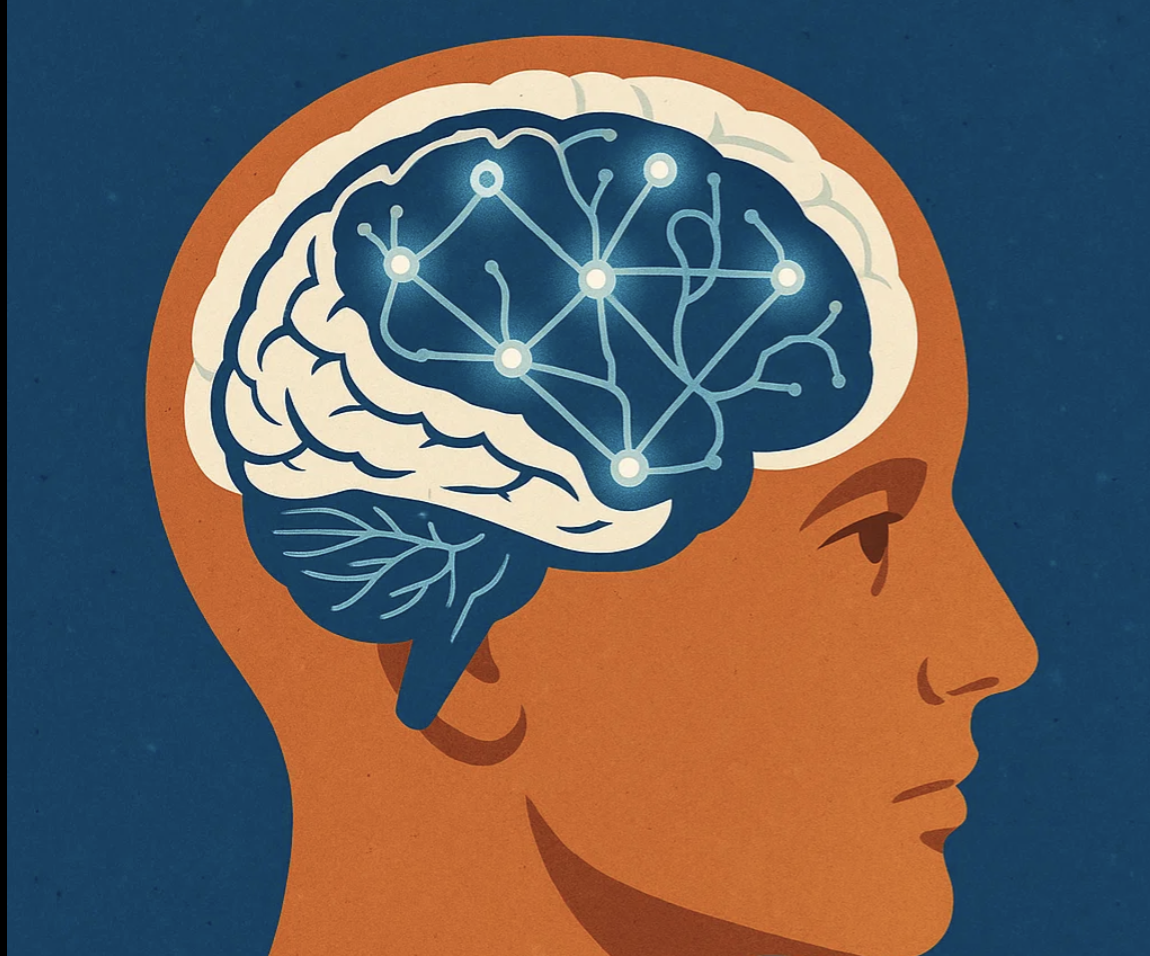In modern volleyball, athletes’ physical abilities have been improving year by year.
Thanks to advances in training theory, a greater emphasis on physical conditioning, and the integration of scientific methods, physical performance—such as jumping ability, power, and speed—has reached an unprecedented level.
However, this raises an important question.
Has the limit of speed already been reached?
Of course, there may still be room for individual athletes to improve their physical abilities, and we shouldn’t overlook the importance of physical training.
But I have to say—we’re approaching the limits.
One clear example is serving.
2021 138 km/h Wilfredo León (CEV EuroVolley)
2023 137 km/h Nimir Abdel-Aziz (VNL)
Now, these two players are competing for the serving speed record—but the difference is only 1 km/h. This shows that even a 1 km/h improvement can set a new world record. Setting a new world record happened frequently in the early 2010s, but in recent years, it has stagnated.
While the top-end speeds may have reached their peak, I feel that the average serving speed across elite players is still rising.
Of course, it’s extremely difficult to receive a serve at such an incredible speed.
As you can see in the videos of these servers’ fastest attempts, receivers often have no time to react at all.
According to a simple AI-based calculation, a serve at 138 km/h in approximately 0.235 seconds.
The speed of a blink of an eye – 0.3 – 0.4 seconds.
The average human reaction time – 0.25 seconds
In other words, at this level of speed, a normal human simply can’t react in time.
But I believe there is still room to improve reaction time and the speed of decision-making.
This is exactly why training the brain becomes essential.
Neuroscience and Volleyball: The Next Frontier in Coaching
As the physical ceiling draws closer, the next breakthrough in volleyball performance may not come from muscles, but from the mind. In a sport where decisions must be made in fractions of a second, cognitive training is no longer a luxury—it is a necessity.
Neuroscience offers valuable insights into how athletes perceive, process, and respond to fast-paced stimuli. By applying principles from brain science, coaches can help players develop faster reaction times, improve situational awareness, and enhance decision-making under pressure.
Emerging tools—such as neuro-tracking software, cognitive load assessments, and virtual reality training environments—allow us to measure and train these invisible aspects of performance. Coaches who understand and incorporate these methods can build not just stronger athletes, but smarter ones.
In the coming era, volleyball will not only be a test of physical endurance and skill, but also of mental agility. For those who aim to stay ahead, embracing neuroscience will be more than an advantage—it will be a competitive imperative.

コメント
Hi, this is a comment.
To get started with moderating, editing, and deleting comments, please visit the Comments screen in the dashboard.
Commenter avatars come from Gravatar.